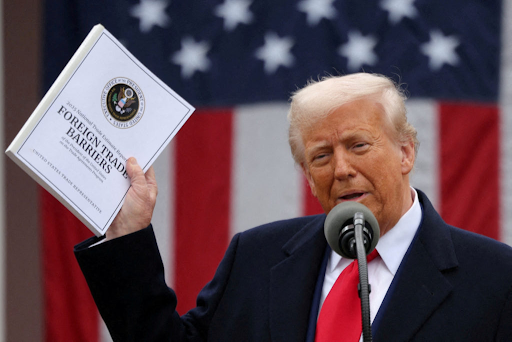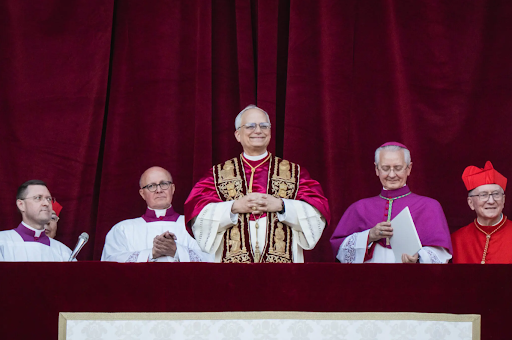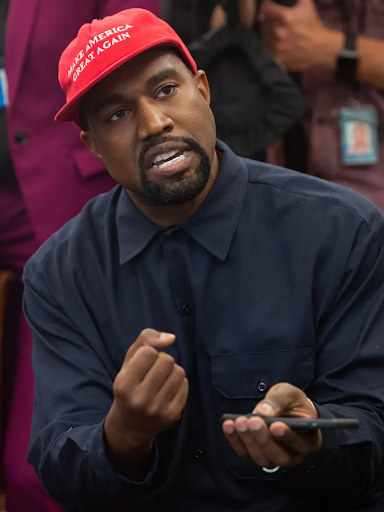
Trump is certainly not done imposing tariffs, now putting 25% tariffs on all steel and aluminum imports.
Trump intends for these tariffs to promote the economic growth of factories. While tariffs impair the international metal industry, they are supposed to boost domestic manufacturing and employment.
“That’s a bigger win than the tariffs themselves, but the tariffs are going to be throwing off a lot of money to this country,” Trump told a group of CEOs.
Because of these tariff implementations, tensions between the U.S. Canada have been on the rise. The recently resigned Canadian prime minister Justin Trudeua called these tariffs “dumb” as well as a way to dismantle the economics of Canada.
This intensifying tension between Canada and America may be far from over. The newly elected Canadian prime minister Mark Carney has also been openly defiant to America’s president.
In his acceptance speech, the Canadian prime minister voiced his concerns over the economic clash between the two neighboring countries saying, “These are dark days, dark days brought on by a country we can no longer trust.”
The trading tension between Canada and the United States was first marked by the 25% tariffs Trump imposed on Canada. Canada retaliated by reciprocating a 25% tariff on over $21 billion worth of U.S. goods. This economic clash between the two biggest traders in the world could intensify even further with the U.S. threatening to slap a 50% tariff towards their neighbor up north. As a result, all eyes are on Mark Carney to lead the second-biggest country in the world out of this economic crisis.
Fortunately, Carney has extensive experience with the incatrices of economic leadership. Carney was once a prominent banker who held important positions in nations’ monetary policies. He was the governor of the Bank of Canada and the Bank of England. He has led governments through global conflicts, notably managing the impacts of Brexit during his tenure in England. He now hopes to leverage his leadership in the most dire economic crisis he has faced yet.
Although this global tariff operation seems like it’s here to stay, Trump has decided to lift Mexican tariffs backed by USMCA. This could indicate that the Trump administration is willing to spark negotiations to relive other trade disputes within the continent. The dynamics between the U.S. and Canada will specifically hinge on the willingness of each nation to heed the other’s concerns. Ultimately, it is the responsibility of the United States and the new Canadian administration to either exacerbate or repair the trade relations that influence global commerce.







